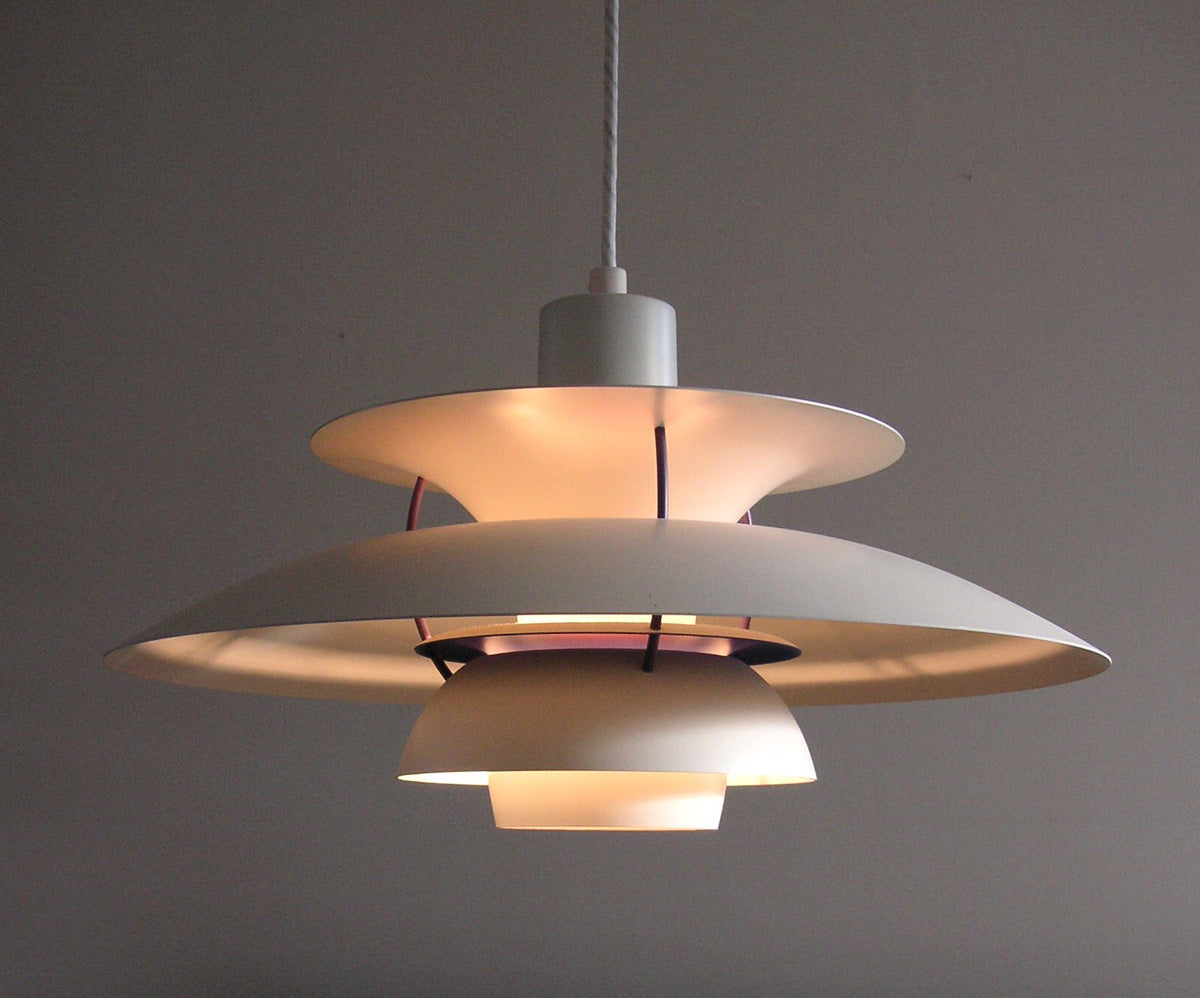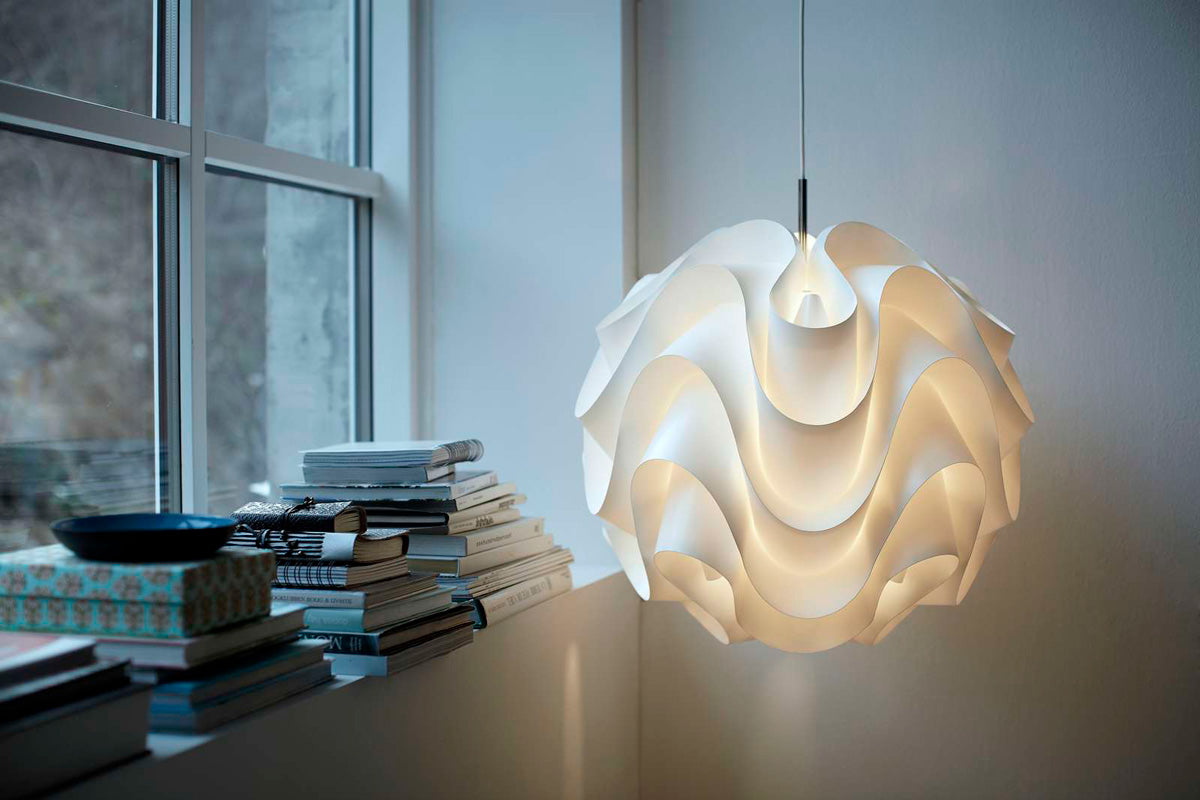Scandinavian countries are characterized, among many other things, for their winter landscapes. This tourist season that looks like a postcard showing a snow blanket poses a different reality for their inhabitants. Due to their geographic location, days during winter months tend to be very short (an 8-hour average) and with them, the cold and lack of light prevail.
Before the climatic imposition, the development of design was inclined to create atmospheres that would compensate outdoor conditions by contrasting with warm interiors. Many countries comprising this region have a terminology to refer to things that comfort them; for Danish people, the search for cozy spaces is called hygge.
The word hygge, pronounced “huga”, finds its origin in the old Nordic language, in the words hugga and hug, which mean wellness and hug, respectively. The author Meik Wiking theorizes in his book titled The Little Book of Hygge, Danish Secrets to Happy Living (2017), about the possible relationship between the chase after this feeling of wellness and being the countries with Europe’s happiest inhabitants. Although the term is not limited to describing the physical medium, since it is a verb and an adjective, it is very important when it comes to choosing items the Danish people will buy for their homes. With decades passing by, since the mid 20th century, the word hygge has been also adopted to name a specific style within the interior design field. A style characterized by its simplicity, aesthetic yet functional furniture, and a particular attention to the right lighting.
As it was previously mentioned, the lack of sunlight during winter months was an important aspect in the development of lighting design for the Scandinavian. Designers like Poul Henningsen described their task as “the search of harmony in illumination”. It is not strange then that this is one of the most important features in the composition of a hygge space, like finding some of the most iconic lights within the Danish style in houses and stores.
Henningsen studied architecture and specialized in the study of light as the means to reach wellness. His most famous designs belong to the PH line, a system that has three shades in different hues, distributing light and keeping the light temperature within a comfortable spectrum.
Architect Poul Christiansen, known for his sculptural lamps. His experiments with PVC allowed him to have flexibility when it comes to organic shapes, without sacrificing the design’s functionality.

The pieces by industrial designer Verner Panton are characterized for the experimentation with materials, textures, and uncommon colors for his time. The VP-Globe stood out due to the use of an acrylic sphere that surrounds the aluminum reflectors.
The use of wood in Scandinavian interiors is another feature considered to be hygge. A material that emphasizes and interiorizes the importance of the exterior environment. Whether in furniture, flooring, or soffits, examples can be seen of the diversity in their use within architectural works like Alvar Aalto’s. The purpose is to respect the material and its natural finish, using no inks.
In contrast with the style’s own neutrality, accents are seen on cushions, blankets, and carpets. The perception of warmth is given through sense indulgence. The possibility of being surrounded by a soft material is part of the experience proposed by hygge.
Every part of the composition in these spaces is placed intentionally, choosing elements for their plastic and practical features. The idea expands to everyday use items, like mugs and vases, in addition to fulfilling their function, they have an aesthetic element, pleasing through sight.


